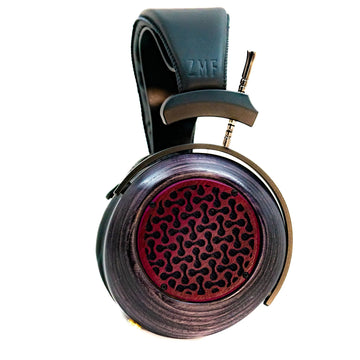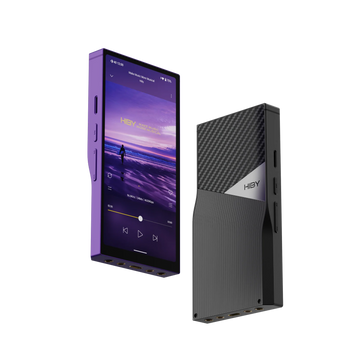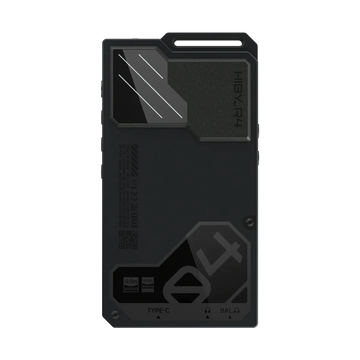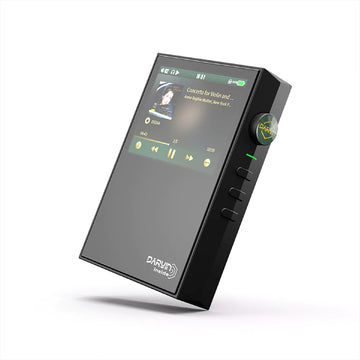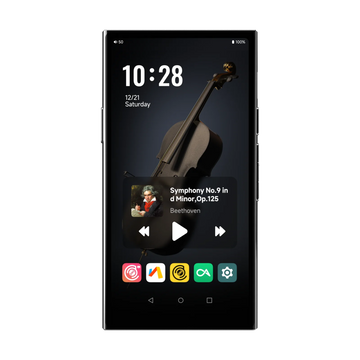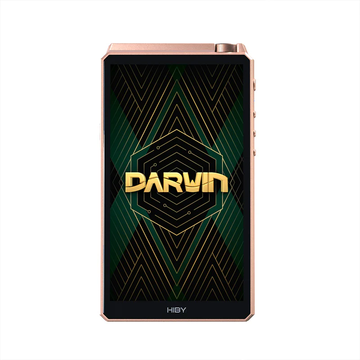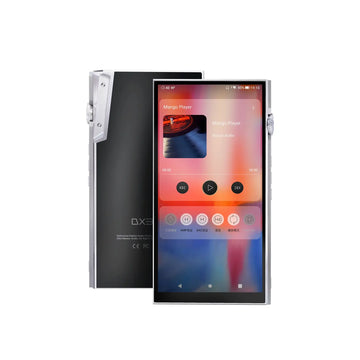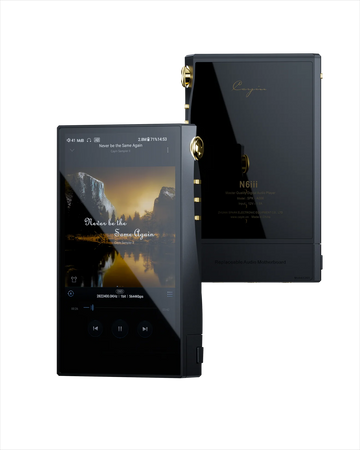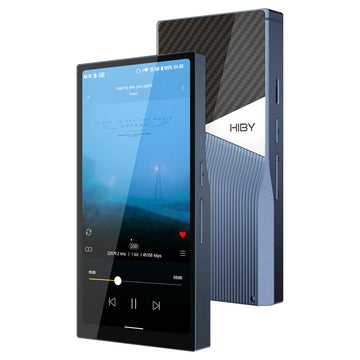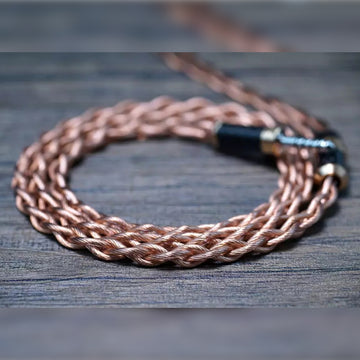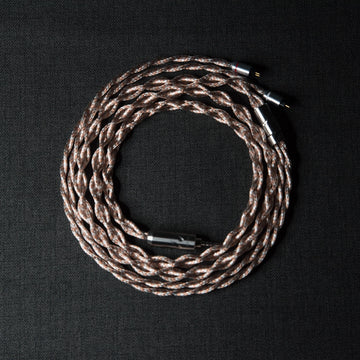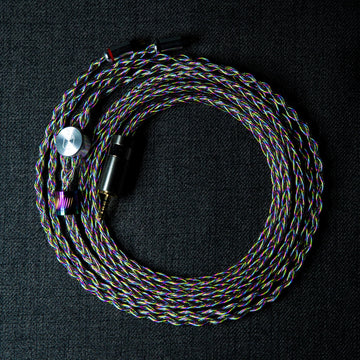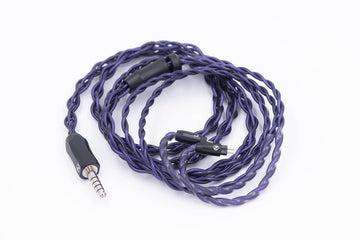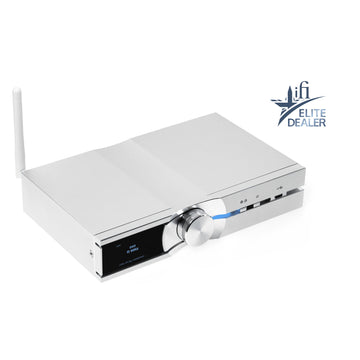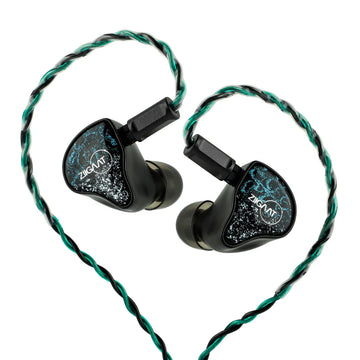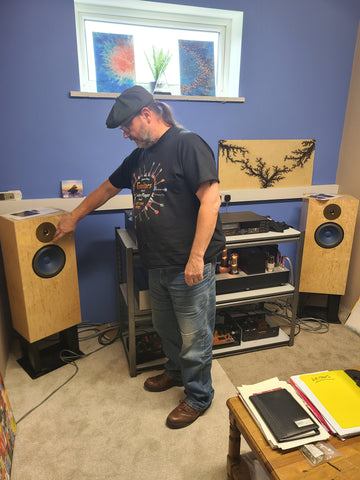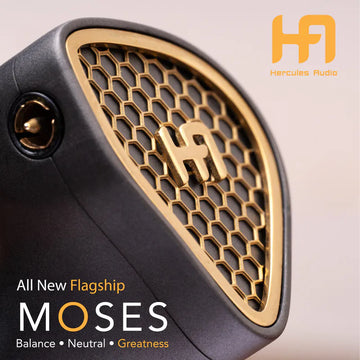You don’t often get invited to an audio company’s factory. So when Audio Note extended the invitation, we accepted in a heartbeat. For me, it was an opportunity to find out more about a company I hear about but didn’t really know intimately. For my colleague Sayed, it was a “Charlie and the Chocolate Factory” moment.
Our journey towards Horsham started with delays, on a typical British rainy day. We got a bit anxious as we were stuck on a train in the middle of somewhere with few updates. This all changed the minute we entered Audio Note’s premises. Micky, Darko and Daniel gave us a warm welcome and made us immediately feel at home.
It’s the small things that make a difference, and you can feel it when you visit Audionote. Micky Seaton who runs their regional sales department is cheerful and friendly. Darko, their R&D engineer, took time to make us coffee himself. Daniel, the founder’s son and sales executive, welcomed us like old friends. The anxiety from the trip dissipated as we engaged in an animated conversation about music, sound and how to make a good audio product. Sayed and I can easily get carried away, our energy was easily matched.
My impression before the factory visit even started was that Audio Note seemed to have a unique philosophy. Their approach is driven by the love of music. Technology is merely a means to reproducing a faithful and vibrant sound. The discussion was about sound, not bits and ratios.
We started the visit from the back of the factory, where the most basic and probably most essential components are made. The Capacitors and Transformers manufacturing rooms. Audio Note’s capacitors are famous. They are used by them and also sold to various high-end audio companies. Seeing an Audio Note capacitor inside any device is usually a good sign (Holo Audio uses them for example). Their transformers however are a home only affair and are not sold to anyone. Call it their “secret sauce”.
The capacitors are made using traditional methods. The room brought back memories of my late grandfather’s wood workshop. The machines used to roll the film are old. They were initially operated by foot pedals and have now been upgraded with electrical motors. The nostalgia factor remains.

The labels on the capacitors are all hand printed. Audio Note could have opted for laser etching but they like to keep it traditional where they can.

The transformer room is a bit more modern. Every little component that goes into them has been meticulously picked and tested over and over, and over again. Micky explained that making capacitors and transformers in-house allowed them to speed up the R&D process. Smart.

You see, as traditional as the methods are, this is a company that values cutting edge technology as much as old school methods. It’s a unique approach that combines new and old in the pursuit of natural sound.
As we progressed through the production chain, we noticed some cast iron pots on a table. To my disappointment, Audio Note is not making beef ragu anytime soon. What a shame. These pots were speaker driver baskets for their flagship speakers. Micky explained that cast iron was picked after testing a vast number of options. The baskets are manufactured by a small workshop in the UK and they feel as charming as they are heavy.


We also started getting a glimpse of Audio Note’s R&D process. A high-precision CNC milling machine was being used to prototype a new stepped attenuator. As we progress through the factory, I start to realise that I am learning more about audio that day than I had in a very long time.


As we made our way towards the production line, we were greeted by a couple of almost finished big monoblocks. It was a pair of Audio Note’s Legend flagship monoblock amplifiers. And as you can imagine, the sheer size and number of capacitors and transformers inside was impressive.


Component size matters to Audio Note. The higher the model, the bigger the components you can expect. This includes transformers, capacitors and resistors. And there’s fundamental reasons behind that.
Darko explains this while showing us his latest creation, ten years in the making. An unusual flagship DAC that uses huge resistors to do the conversion. We are now in the testing room and it contrasts strongly to the rest of the workshop. We have moved from the traditional fabricating and assembly atmosphere to what feels like an advanced research lab.

Darko was kind enough to explain many technical aspects that I am probably not supposed to talk about. Luckily, half of it flew way over my head. But I understood one thing: Audio Note don’t market their products with a plethora of measurements, but they could if they wanted to. Don’t let the tubes and the old school casings fool you, the science is advanced.

What kept surprising me was how serene everyone was. Like a fine Swiss watch mechanism, the factory ticks and clicks in an elegant way. Not rushing anything, just going at the right pace. People are the heart of any company, and it’s nice to see it in action.

After we say hello and then goodbye to everyone, we walk through the warehouse. This is where the finished products start the journey to their final destination. A copper clad monoblock amplifier is sitting there, looking all shiny and proud (if a bit retro). Micky explains that the 15 (or 20, I can’t remember) year old amplifier was heading back home to its owner after repair. I don’t know about you, but I would like to own a piece of Audio that sticks around for that long!

We jump in the car and we go to visit Andy Grove, Audio Note’s senior Design and R&D engineer. Once again, this doesn’t go as expected. As we enter the department, I see more guitars than DACs! We start talking about Andy’s guitars and the pickups he’s using. I mention Sunbear pickups, a now established company that shares a passion for good sound and traditional methods.


Andy is all about sound and materials. A theme that kept coming back throughout the day. Andy and Peter Qvortrup go back a long way. I only met Peter briefly in Munich but I am guessing he is as passionate about people as he is about music.
We finish the visit in the best way possible. We finally get to hear one of the systems Andy is testing. It’s a pair of AN-E speakers, using the cast iron clad drivers mentioned previously. Once again, the setup is unusual. The speakers are pushed all the way against the corners of the small room. This contradicts every single piece of advice you will find on any audio forum. And yet, it sounds great. The 8-inch drivers have been (independently) measured to go all the way down to 17hz. We are still trying to wrap our heads around this.

One thing people may know about Audio Note is their eclectic choice of music at audio shows. High-End audio shows tend to be a boring affair. It’s usually dozens of rooms playing what seems to be the same (slow) track. Audionote and IO Design are some of the exceptions to that rule. When we visited the Audionote room at the Deluxe show in Munich, Peter was a DJ. He took requests from visitors and played various genres. He was clearly not afraid of challenging his system in an untreated room. The approach is unique, the result speaks for itself.
To conclude, I would like to thank the entire Audio Note team again for making our visit an experience I won’t forget anytime soon. They took time from their busy schedules and made us feel at home. Remember, it’s all about the people.








